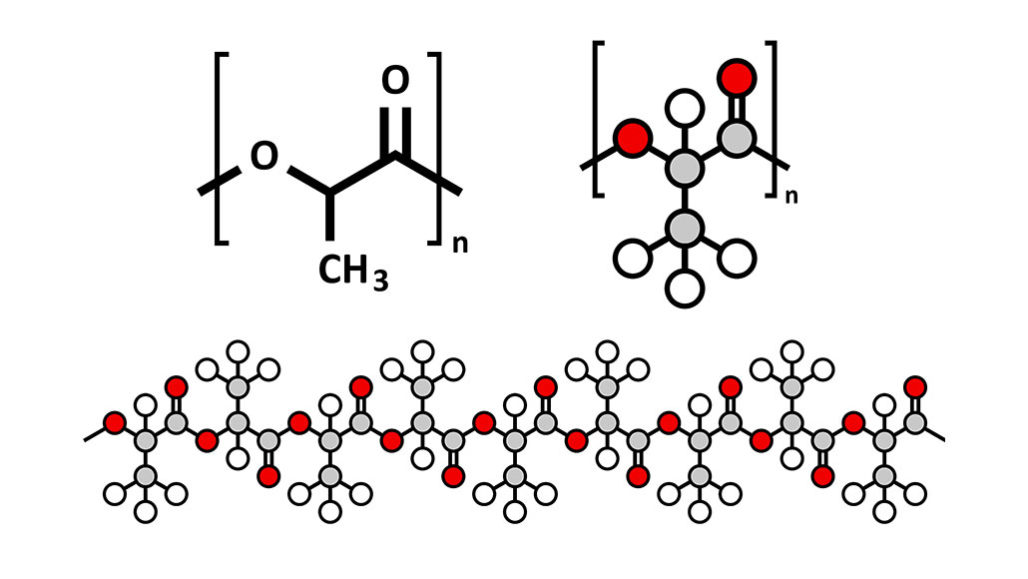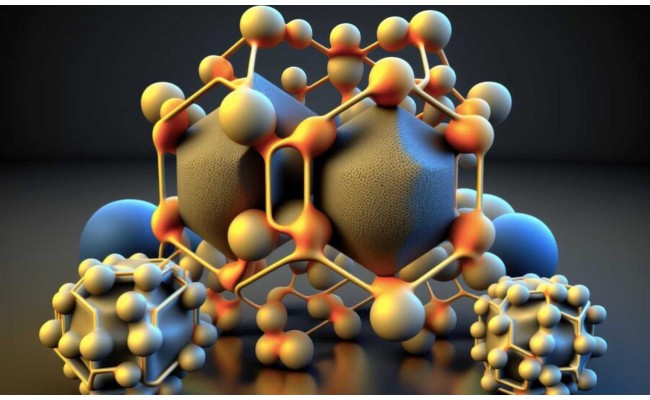Sustainable Polymers: Eco-Friendly Solutions for the Future
Sustainable Polymers: Eco-Friendly Solutions for the Future
Blog Article
Taking Advantage Of the Power of Polymers: Understanding the Substantial Uses and Positive Influences
Polymers, with their diverse chemical frameworks and properties, have actually become important in countless industries, transforming the means we interact with materials on a daily basis. As we discover the extensive uses of polymers and their function in forming a much more lasting, reliable, and cutting-edge future, it becomes noticeable that their capacity is as vast as the molecules themselves.
Versatility in Everyday Products
Polymers show exceptional convenience in a large range of everyday products, showing their crucial role in modern society. From the flexible plastic covering of smart devices to the sturdy fibers in clothing, polymers have actually transformed the way we interact with products in our daily lives. One of one of the most usual uses polymers remains in packaging materials. Polyethylene, as an example, is extensively made use of in food packaging due to its light-weight, sturdy, and moisture-resistant homes. Additionally, polymers play a vital role in the auto sector, where they are made use of in producing light-weight elements that boost gas efficiency.
Moreover, polymers have actually found their means into the healthcare market, with applications varying from clinical devices to medication distribution systems. For example, eco-friendly polymers are utilized in stitches and implants, lowering the risk of negative responses in individuals (Polymers). In the building sector, polymers are integrated right into paints, adhesives, and insulation materials, boosting toughness and energy effectiveness. Overall, the convenience of polymers in everyday items underscores their relevance in driving innovation and boosting quality of life.
Sustainability in Product Innovations
With the recurring emphasis on ecological awareness and resource efficiency, the emphasis changes in the direction of sustainability in material advancements, mirroring a growing commitment to accountable production techniques across various markets. Over the last few years, there has actually been a notable surge in the advancement of lasting products, specifically within the realm of polymers. These innovative materials are developed to lessen environmental impact throughout their entire lifecycle-- from sourcing basic materials to disposal or recycling.
One considerable element of sustainability in material advancements is the principle of biodegradability. Eco-friendly polymers have actually amassed focus for their capacity to damage down normally into safe results, decreasing waste and contamination. In addition, the use of recycled polymers stemmed from post-consumer or post-industrial sources is getting traction as a way of promoting a circular economic situation and decreasing go reliance on virgin materials.

Enhancing Efficiency in Design
Enhancing efficiency in engineering calls for a careful integration of advanced technologies and precise methodologies to maximize capability and performance in different industrial applications. Polymers play a vital function in this endeavor, offering a large range of advantages that improve the performance of design products and components.
One key facet of improving performance in design is the capability of polymers to improve durability and toughness. By integrating polymers into design styles, producers can create light-weight yet robust frameworks that can stand up to high levels of stress and anxiety and stress. This characteristic is specifically important in industries such as aerospace, vehicle, and building, where the need for strong yet lightweight products is critical.
In addition, polymers can likewise boost performance by giving thermal and chemical resistance, minimizing friction, and enhancing electric conductivity. These buildings make polymers optimal for a large range of design applications, including seals, bearings, layers, and electronic elements. Polymers. By harnessing the special properties of polymers, engineers can maximize the performance of their styles and develop more effective and reliable products
Effect on Clinical Developments
The assimilation of advanced polymer innovations has actually significantly contributed to advanced innovations in the medical field. Polymers have played a vital role in modern medical improvements, varying from medicine visit their website delivery systems to tissue engineering. One of the essential locations where polymers have actually made a significant influence remains in the development of biodegradable sutures and implants. These polymers can be tailored to weaken at a specific rate, enabling much better injury recovery and lowering the need for additional surgeries to eliminate implants.
Moreover, polymer-based materials are progressively being utilized in medical gadgets such as catheters, stents, and prosthetics as a result of their biocompatibility and adaptability. For circumstances, polymer finishes on clinical gadgets can avoid infections and improve overall patient outcomes. In addition, improvements in nanomedicine have allowed making use of polymer nanoparticles for targeted medicine shipment, improving the efficacy and reducing side results of different medications
Function in Environmental Conservation

Furthermore, polymers are made use of in water therapy procedures, helping in the purification and recycling of water resources. This helps in reducing water air pollution and making certain accessibility to tidy water for both human consumption and environmental wellness. Polymers also contribute in farming through the advancement of eco-friendly mulches and controlled-release fertilizers, advertising lasting farming practices.
Conclusion
In final thought, polymers have actually proven to be a flexible and crucial material in various markets, from daily items to design and clinical advancements. Their effect on sustainability, efficiency improvement, and ecological preservation is substantial. Understanding the comprehensive uses polymers highlights their value in driving technology and progression in numerous areas. The ongoing exploration and utilization of polymers will unquestionably cause more innovations and favorable influences on culture.
Report this page